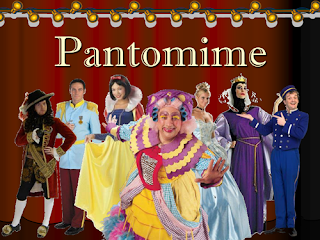Like a role-playing and pantomime of the dramatized experience, demonstration is also something very handy. It requires no elaborate preparation and yet as effective as the other instructional materials when done properly.
Guiding Principles (Edgar Dale 1969)
1. Establish rapport
a. Greet your audience.
b. Make them feel at ease by your warmth and sincerity
c. Stimulate their interest by making your demonstration and yourself interesting
d. Sustain their attention
2. Avoid COIK fallacy (Clear Only if Known)
a. What is this fallacy? It is the assumption that what is clear to the expert demonstrator is also clearly known to the person for whom the message is intended.
b. To avoid the fallacy, it is best for the expert demonstrator to assume that his audience knows nothing or a little about what he is intending to demonstrate for him to be very through, clear detailed in his demonstration even to a point of facing the risk of being repetitive.
Planning and Preparing For Demonstration - Brown (1969)
1. What are our objectives?
2. How does your class stand with respect to these objectives, This is to determine entry knowledge and skills of your students.
3. Is there a better way to achieve your ends? If there is a more effective way to attain your purpose, then replace the demonstration method with the more effective one.
4. Do you have access to all the necessary materials and equipment to make the demonstration? Have a checklist of necessary equipment and materials, This may include written materials.
5. Are you familiar with the sequence and content of the purposed demonstration? Outline the steps and rehearse your demonstration.
6. Are the time realistic.
Point to Observed in the Demonstration-Dale (1969)
1. Set the tone for good communication, Get and keep your audience's interest.
2. Keep your demonstration simple
3. Do not wander from main ideas
4. Check to see that your demonstration is being understood.Watch your audience for signs of bewilderment,boredom or disagreement.
5. Do not hurry your demonstration. Asking questions to check understanding can serve as a "brake".
6. Do not drag out demonstration. Interesting things are never dragged out. They create their own tempo
7. Summarize as you go along and provide a concluding summary. Use chalk -board , the overhead projector, charts diagrams, Power Point and whatever other materials are appropriate to synthesize your demonstration.
8. Hand out written materials at the conclusion
Question to Evaluate Classroom Demonstration (Dale 1969)
- Was your demonstration adequately and skillfully prepared? Did you select demonstration skills or ideas? Were the desired behavioral outcomes clear?
- Did you follow the step-by-step plan? Dis you make use of additional material appropriate to your purposes- chalkboard,felt board, pictures,charts,diagrams,models,overhead transparencies or slides?
- Was the demonstration itself correct? Was your explanation simple enough so that of the students understood it easily?
- Did you keep checking to see that all your students were concentrating on what you were doing?
- Could every person see and hear? If a skill was demonstrated for limitation, was it presented form the physical point of view of the learner?
- Did you held students do their own generalizing?
- Did you review and summarize the key points?
- Did your students participate in what you were doing by asking thoughtful question at the appropriate time?
- Did your evaluation of students learning indicate that your demonstration achieved its purpose.
Actual Conduct of Demonstration
1. Get and sustain the interest of the audience
2. Keep the demonstration simple, focused and clear
3. Do not hurry nor drag out the demonstration
4. Check for understanding in the process of demonstration
5. Conclude with a summary
6. Hand out written material at the end of the demonstration


































